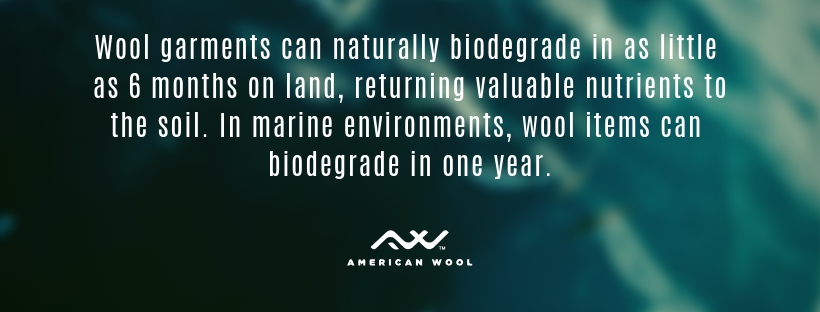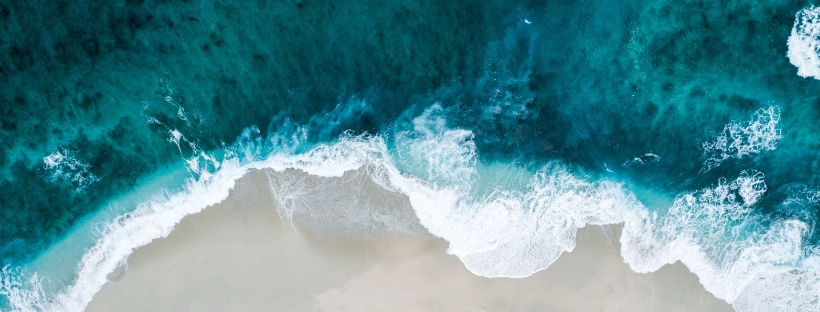As the world grows more concerned about the problem of microplastic pollution in its oceans, the term “biodegradable plastic” is suddenly in vogue. It sounds great, but in the words of Inigo Montoya, “You keep using that word. I do not think it means what you think it means.”
Interestingly, there is no legal definition of the term biodegradable. The American Society for Testing and Materials defines the term as “a degradation caused by biological activity, especially enzymatic action, leading to a significant change in the chemical structure of the material.” Synthetic fibers certainly aren’t living up to that definition.
The United Nations Environment Program published a report on biodegradable plastics revealing that they rarely actually degrade on land and “plastics marked as ‘biodegradable’ do not degrade rapidly in the ocean.”
As UNEP Chief Scientist Jacqueline McGlade, told the Guardian, “It’s well-intentioned, but wrong. A lot of plastics labeled biodegradable, like shopping bags, will only break down in temperatures of 50C [122F] and that is not the ocean. They are also not buoyant, so they’re going to sink, so they’re not going to be exposed to UV and break down.”
A study from the University of Canterbury found that synthetic textiles last for several decades and only break down into small fragments known as microplastics or microfibers. These small fragments accumulate in aquatic environments and land disposal sites, where they have negative effects on ecosystems. A single polyester fleece garment can produce more than 1,900 fibers per wash.
Ingestion has a negative impact on organisms, sometimes causing death through starvation as plastic replaces food in the stomach. Once in the food chain, microplastics potentially also affect human health via seafood consumption.
Further, plastics are different from the other materials that make up marine debris. Plastics do not biodegrade the way other materials do. Instead, they photodegrade, which means that instead of being broken down naturally by other organisms, plastics are broken down into smaller and smaller pieces by the sun, wind and waves.
But they never completely go away.
A review, published by Consumption Research Norway (SIFO), recommends consumers increase use of natural fibers in their clothing to help combat pollution problems created by plastic fibers and synthetic fabrics.

“A key action to reduce microsynthetic fiber pollution must be maximizing the proportion of natural fiber in global textile products, since there is evidence that these biodegrade relatively rapidly and do not accumulate in the environment in the same way as synthetics – such as polyester and nylon.“
The same review points out that it is not only the biodegradability of wool that makes it environmentally friendly. It also requires less washing, and is anyone against doing less laundry?
“The natural properties of wool apparel and textiles – such as odor resistance and stain repellent surface characteristics – favor less shedding to the environment due to less-frequent, lower-impact washing, greater durability and established pathways for recycling.”
Consumers should be wary of any non-natural fiber that is marketed as biodegradable. Choosing a 100% biodegradable item like wool is always the safest bet.
Additional sources and information: https://www.iwto.org/microfibres and IWTO – Wool in Marine Environments

